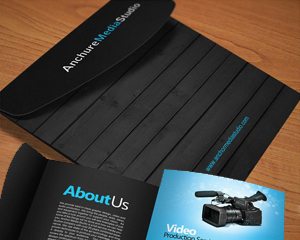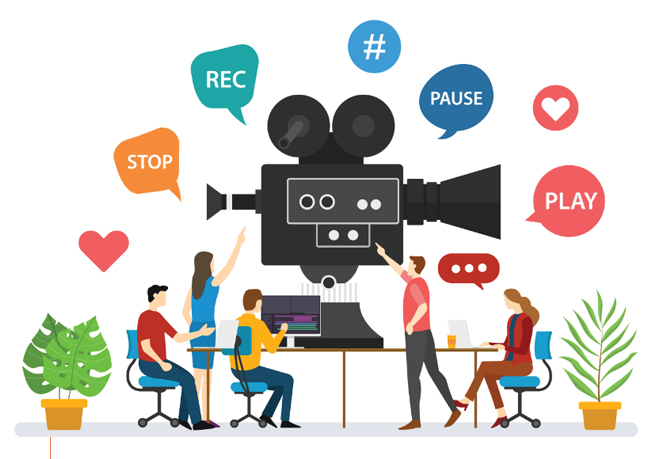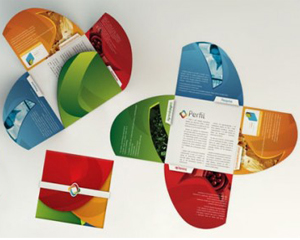1. What is Branding?
Branding is an important marketing strategy as it helps companies to build and maintain a positive perception and reputation among consumers. A strong brand can evoke emotions, establish trust, and create loyalty, which can ultimately influence consumer purchasing decisions. Branding is not just limited to visual elements like logos and colors, but it also encompasses the brand's personality, values, positioning, and messaging.
2. Why Branding in Marketing?
Branding is essential in marketing for several reasons like Differentiation,Brand Recognition,Trust and Credibility,Brand Loyalty,Financial Value etc. Branding is a critical aspect of marketing as it helps companies establish a unique identity, build trust and credibility, create emotional connections with consumers, foster brand loyalty, and ultimately drive business success.
3. How Branding?
Branding works in marketing through a strategic and systematic process that involves several key steps such as: Brand Strategy, Brand Identity Design, Brand Messaging, Brand Positioning, Brand Management, Brand Communication, Brand Monitoring and Evaluation. Branding is an ongoing process that requires consistent effort and attention to ensure that the brand is well-positioned, consistent, and resonates with the target audience. Effective branding can create a strong brand image, build customer loyalty, and contribute to long-term business success.
4. When Branding?
branding can be applied in various marketing situations, including new product or service launches, rebranding or brand refresh initiatives, mergers and acquisitions, brand extensions, international expansion, and reputation management. It is a strategic process that helps companies establish, differentiate, and manage their brand identity to connect with their target audience and achieve marketing and business objectives.
5. What is Professional Logos
Logo design is a crucial aspect of branding and visual identity that encapsulates the essence of a company, product, or service in a concise and visually appealing manner. A well-designed logo can effectively communicate a brand's values, personality, and purpose to its target audience. It serves as a visual representation that distinguishes a business from its competitors and fosters brand recognition and recall.
In the process of logo design, various elements are considered to create a cohesive and impactful visual identity. These elements include typography, color theory, shape, and symbolism. Typography plays a vital role in conveying the brand's tone, while color choices evoke emotions and associations. Shapes and symbols contribute to the overall composition and help convey a brand's message in a concise and memorable way.
The logo design process typically involves thorough research and understanding of the brand, its target audience, and industry trends. This research helps designers create a unique and relevant logo that aligns with the brand's values and resonates with its intended audience. Iterative design processes, including sketching, digital rendering, and feedback, refine the logo until it achieves the desired impact and representation.
Logo design is a creative and strategic process that aims to visually communicate a brand's identity and values. It requires a deep understanding of the brand and its audience, combined with skillful design principles. A well-executed logo can become an iconic symbol that embodies a brand's essence, leaving a lasting impression on customers and establishing a strong visual identity in the marketplace.
6. What is Innovative Brochures
Innovative brochures are a modern approach to printed marketing materials that aim to captivate and engage the audience in unique and memorable ways. These brochures go beyond the traditional format, utilizing creative design elements and interactive features to deliver information and evoke emotions effectively.
One aspect of innovative brochures is their attention-grabbing design. They often feature eye-catching visuals, bold typography, and vibrant colors that instantly capture the reader's attention. Unconventional layouts, asymmetrical designs, and unique folding techniques are employed to create a sense of intrigue and curiosity.
Innovative brochures are not only visually appealing but also serve a functional purpose. They are designed to effectively convey information in a concise and organized manner. Strategic use of hierarchy, infographics, and visual storytelling techniques ensure that the message is conveyed clearly and efficiently.
innovative brochures push the boundaries of traditional print marketing materials by incorporating creative design, interactive features, unique materials, and multimedia elements. They provide a memorable and immersive experience for the audience, capturing their attention and effectively communicating the desired message. These brochures are a powerful tool in modern marketing campaigns, leaving a lasting impression and fostering a connection between the brand and its target audience.
7. What is Video Creation
Video creation is the process of producing a video by combining visual and audio elements to tell a story or convey a message. It is an important tool for businesses, educators, marketers, and creatives to communicate with their audience in an engaging and memorable way.
The first step in video creation is to develop a concept or idea for the video. This could be anything from a product demonstration to a tutorial, a promotional video for a business, or a short film. Once the concept is established, a script is written that outlines the dialogue, actions, and shots required to tell the story or convey the message. Based upon the type of the business, video creation will differ.
After the video is edited, it is ready for distribution. This could include uploading it to a website or social media platform, sharing it with customers or clients, or using it as part of a larger marketing or educational campaign. The success of the video can be measured by the number of views, likes, shares, and comments it receives, as well as any impact it has on the target audience.
Digital video creation is the process of producing a video using digital technologies and tools. This approach to video creation has become increasingly popular in recent years, as advances in technology have made it easier and more accessible for businesses, educators, and individuals to create high-quality videos using a range of digital tools.




